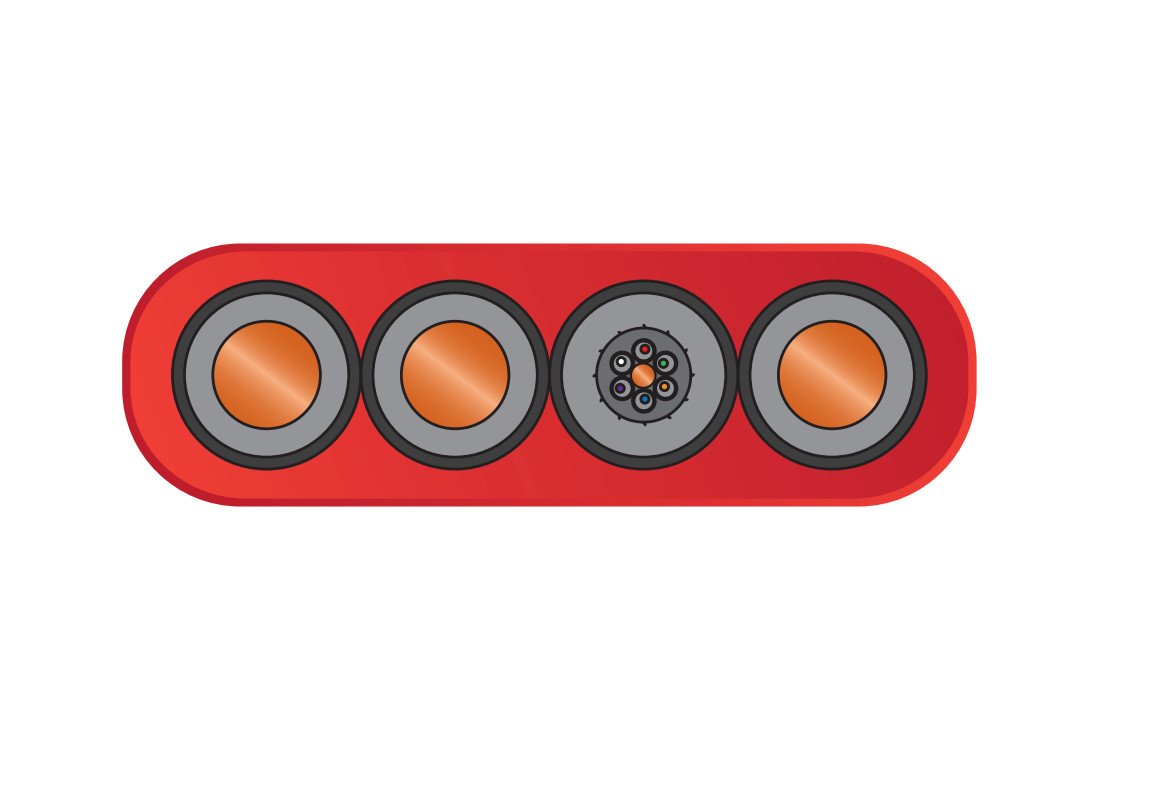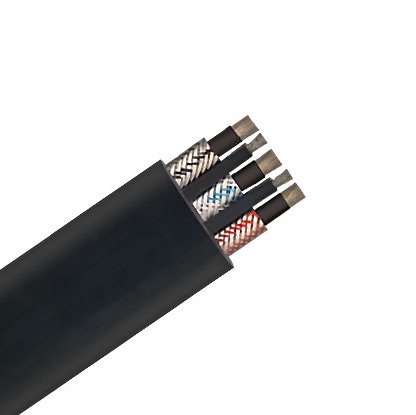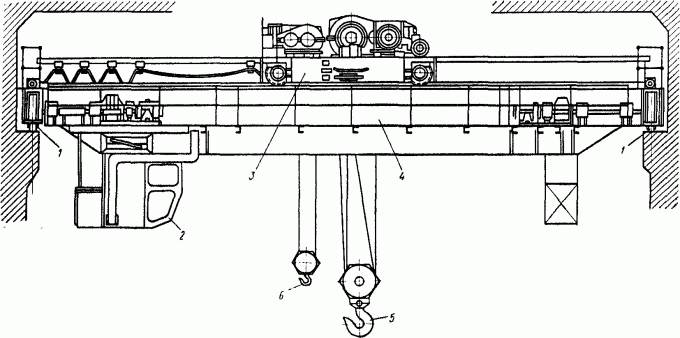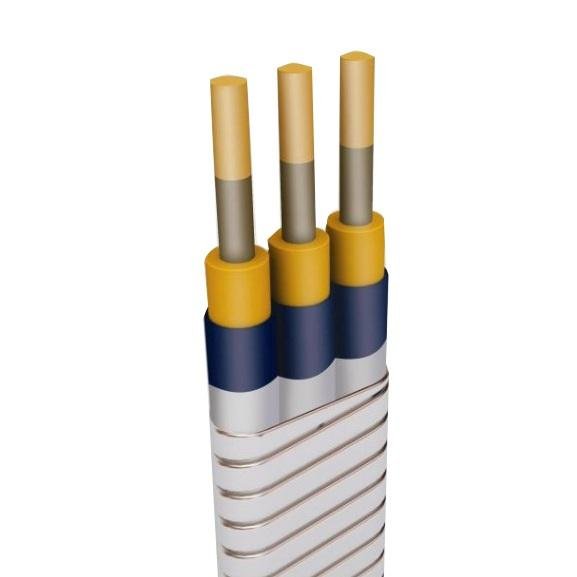

In the world of electrical engineering, flat cables have long been praised for their space-saving capabilities, flexibility, and ease of routing in tight spaces. They are commonly used in various industries, from automotive to telecommunications and even industrial machinery.
However, like many specialized components, flat cables come with their own set of challenges. One of the most frequent and problematic issues with flat cables is twisting during installation and use.

In this article, we will delve into why flat cables twist, the common problems this twisting causes, and most importantly, scientific and safe solutions to address these issues.
By the end, you will not only understand the root of the problem but also gain insight into best practices that can save time, improve performance, and extend the life of your cable installations.
Flat cables, by design, have multiple conductors laid side by side, encased in a flat sheath. This arrangement allows them to fit in confined spaces and bend along one axis more easily than round cables. However, twisting occurs due to several factors:
When flat cables are installed without proper handling, they can experience uneven tension along their length. If one side of the cable experiences more pulling or stretching than the other, it may begin to twist.
Cable guides or tracks used during installation can sometimes be misaligned. If the guide doesn’t properly support the flat cable, the cable may be forced into a spiral or twisted configuration as it moves through the guide.
Flat cables are often used in applications where they must flex repeatedly, such as in robots or moving machinery. Over time, this flexing can introduce twisting if the cable is not properly managed, especially when the cable has to move in multiple directions or axes.
In environments where vibration or external forces are present, flat cables can experience twisting. For example, cables used in automotive applications are frequently exposed to vibrations from the vehicle's movement, leading to twisting over time.
Improperly coiling or storing flat cables before installation can create internal stresses. If a flat cable is bent or twisted during storage, it may retain that shape memory and be more likely to twist during installation or use.
While a slight twist in a flat cable might seem insignificant at first glance, it can cause a host of problems that affect both the cable’s performance and lifespan. Here are the most common issues:
One of the key benefits of flat cables is their consistent spacing of conductors, which helps maintain signal integrity. When flat cables twist, this spacing can become uneven, leading to problems like crosstalk and signal degradation. In high-speed applications, such as data transmission, this can cause significant issues.
Twisting can introduce mechanical stress to the cable’s materials, particularly at the points where the twist is most severe. Over time, this can cause the cable’s sheath to crack or its conductors to break, leading to premature failure.
When flat cables twist, they are more likely to rub against other components or the walls of their conduit, accelerating wear and tear. This can lead to abrasion, insulation damage, and even short circuits.
Twisting can make it difficult to properly route flat cables, particularly through tight spaces or around sharp bends. Installers may have to redo sections, leading to increased labor costs and delayed projects.
Twisting can introduce uneven electromagnetic fields within the cable, leading to electromagnetic interference (EMI), which can disrupt sensitive electronic equipment or cause issues in power distribution systems.

Now that we’ve identified the causes and issues associated with twisting, let’s explore some of the scientific solutions that can help prevent this problem. Implementing these methods will not only extend the life of your flat cables but also ensure safety and optimal performance.
One of the simplest ways to prevent twisting is to ensure proper handling of flat cables from the moment they arrive at your facility. Always store flat cables on appropriate reels or in specialized trays to avoid kinks or bends that could introduce internal stresses. When coiling flat cables, use a figure-eight method, which prevents twisting during uncoiling. This method ensures that the cable is unrolled smoothly and lays flat.
When installing flat cables, use cable trays or cable guides designed specifically for flat cables. These trays should be smooth and free of sharp edges to prevent abrasion. More importantly, the trays should maintain the flat orientation of the cable, allowing it to move without introducing twists. Make sure the guides are properly aligned to avoid any stress on the cable’s body.
Some flat cables come equipped with anti-twist braiding or internal structures that help prevent twisting. This braiding is integrated into the cable’s construction and helps maintain its flat shape even during flexing. Feichun Cable offers flat cables with specialized anti-twist features, ideal for use in robotic applications or other environments where the cable must flex and move frequently.

Ensuring that the cable is pulled with even tension during installation is critical. Use tensioning equipment designed for flat cables to maintain uniform tension across the entire width of the cable. This prevents one side from being stretched more than the other, which can introduce twists.
In applications where the cable needs to move frequently or at multiple angles, consider using swivel joints. These joints allow the cable to rotate freely without introducing twists into the cable itself. Swivel mechanisms are especially useful in robotic arms, cranes, and other industrial machinery where cables are subjected to constant movement.
Long flat cables are more prone to twisting than shorter ones. Where possible, reduce the length of the cable run or break it up into smaller segments. This minimizes the amount of twisting and flexing that can occur over time. Additionally, strain relief devices should be installed at both ends of the cable to ensure it remains properly secured.
Another effective solution is to apply spiral wrapping to flat cables during installation. This wrapping helps keep the cable in place and prevents it from twisting, especially when used in environments with vibration or constant movement. Spiral wrapping also offers additional protection from abrasion and mechanical damage.
Ultimately, the quality of the cable itself plays a significant role in preventing twisting. Investing in high-quality flat cables from trusted manufacturers like Feichun Cable ensures that the cable is designed with twist-resistance in mind. Feichun’s flat cables are built using robust materials and undergo rigorous testing to ensure they meet the highest flexibility and durability standards.
 How Feichun Cable Solves Flat Cable Twisting Problems
How Feichun Cable Solves Flat Cable Twisting Problems
At Feichun Cable, we’ve dedicated years of research to understanding and solving the issue of flat cable twisting. Our engineering team has developed flat cables specifically designed to withstand the stresses of high-flex applications and constant motion. Here’s how Feichun tackles the problem:
Our flat cables are constructed with high-performance sheath materials that resist twisting and maintain their structural integrity even under repeated flexing. The sheaths are engineered with anti-twist additives that help the cable return to its original shape after flexing.
We understand that every application is different, which is why we offer customized cable solutions tailored to the specific requirements of your project. Whether you need additional reinforcement layers, anti-twist braiding, or specialized connectors, Feichun can design a flat cable that solves twisting issues at the source.
All Feichun flat cables undergo extensive testing for twist resistance, flexibility, and mechanical durability. Our testing procedures simulate real-world conditions, ensuring that our cables can handle the rigors of demanding industrial environments.